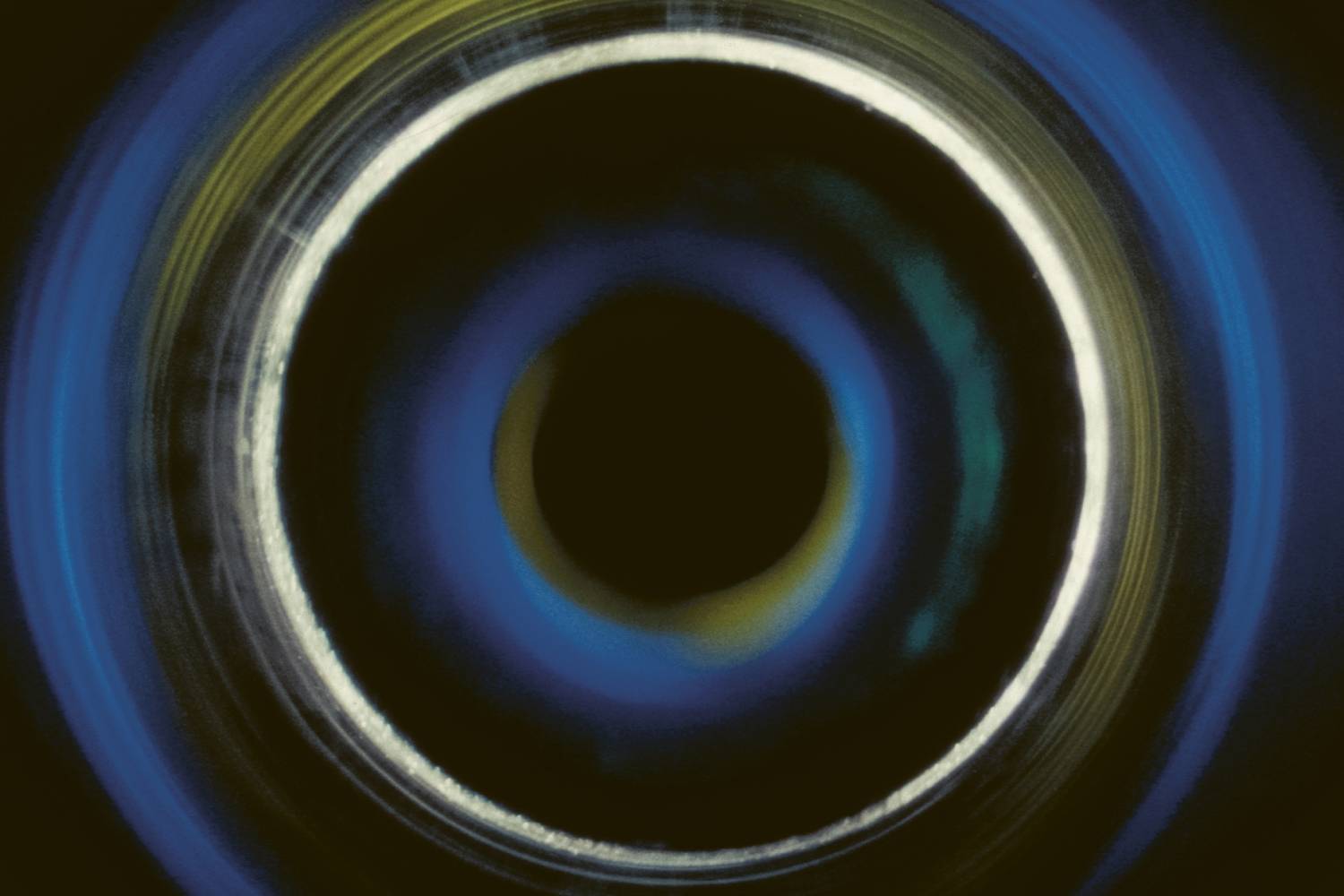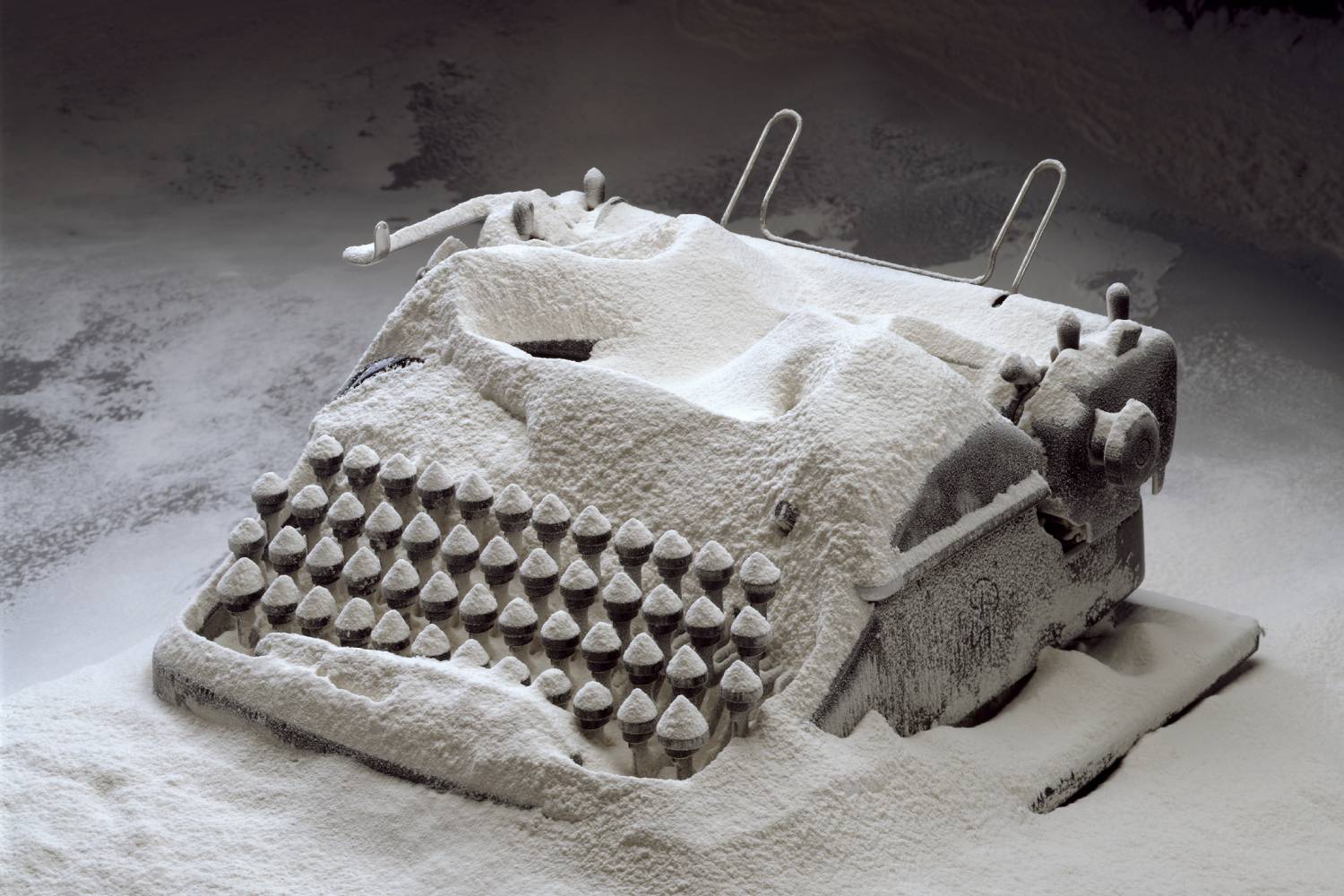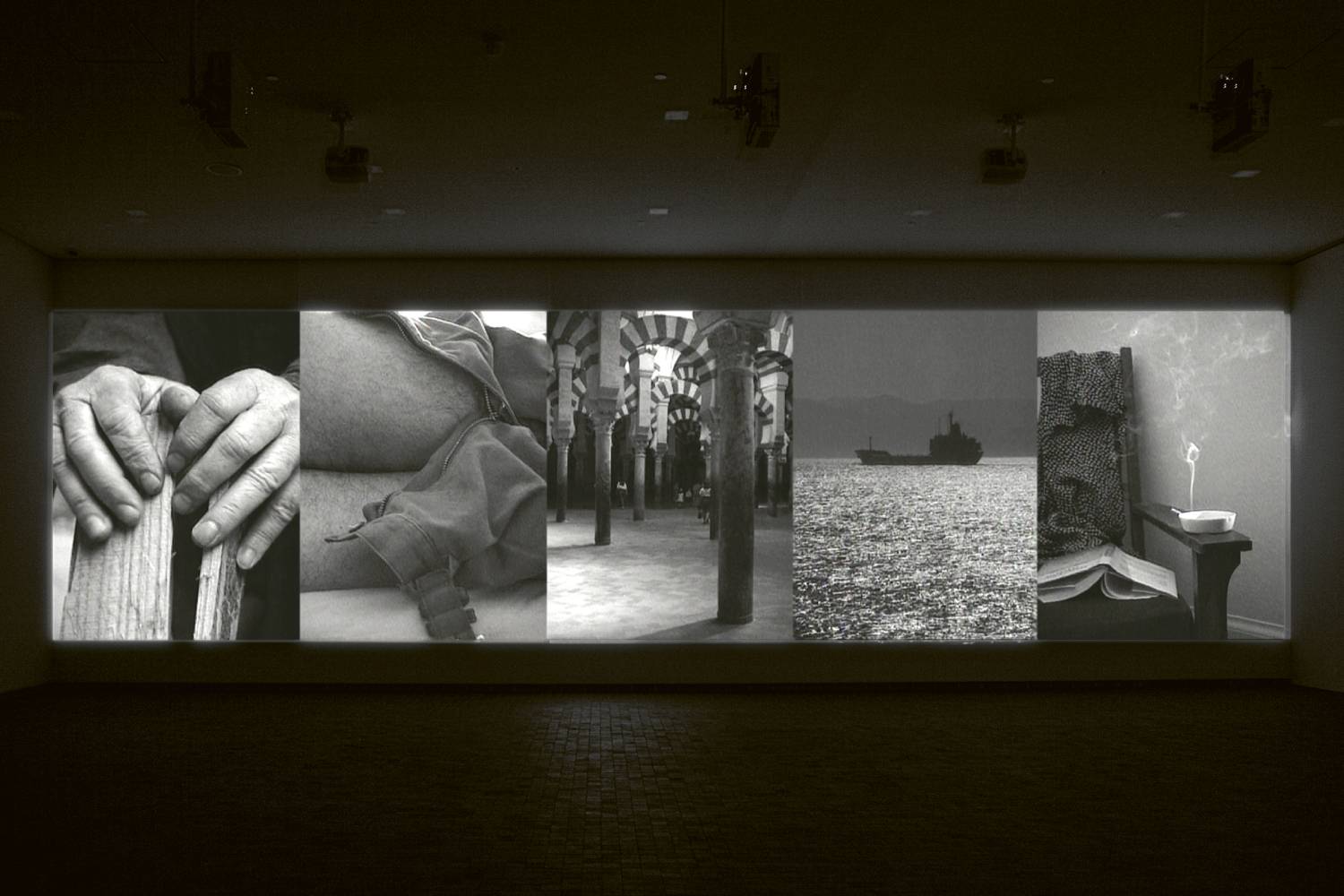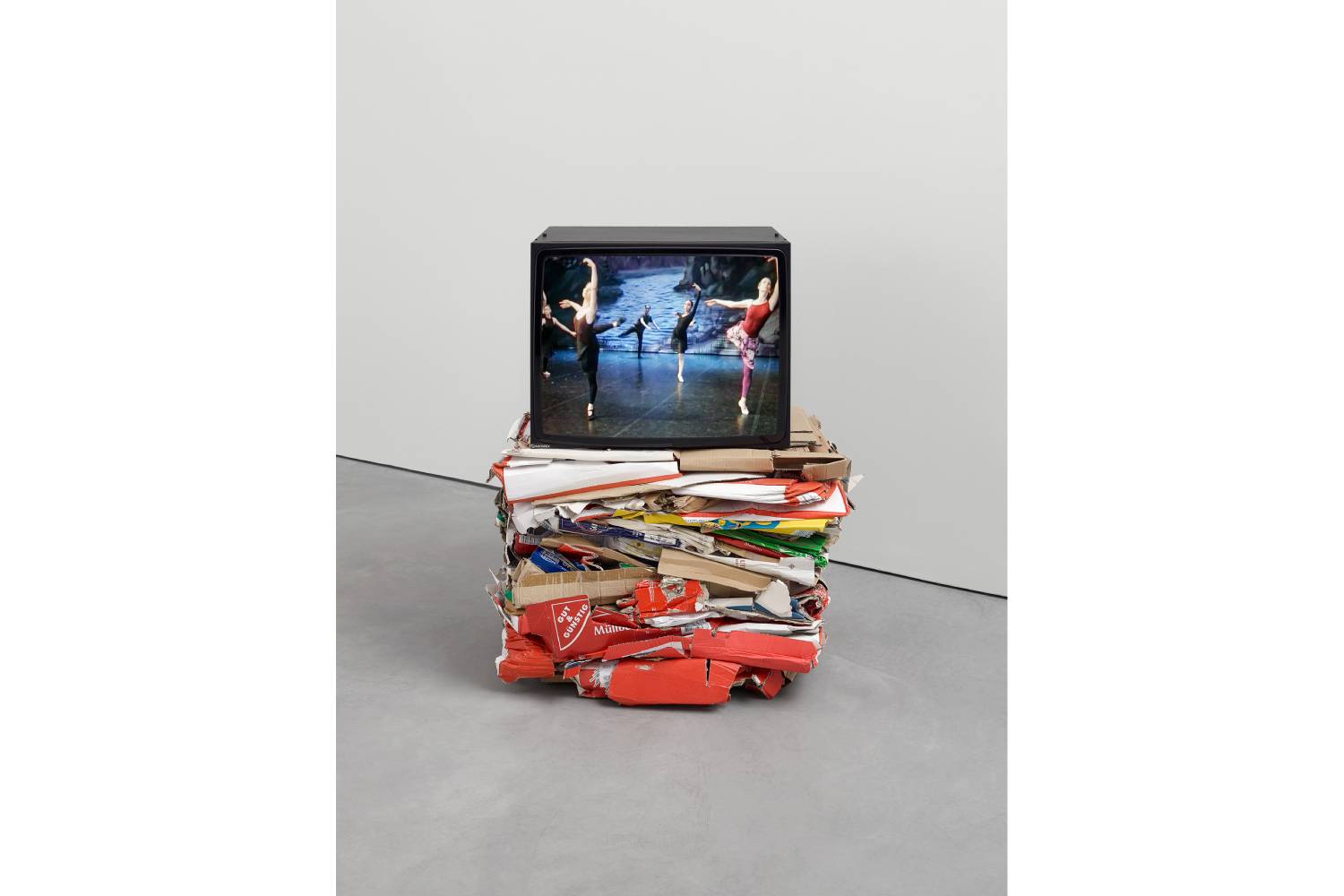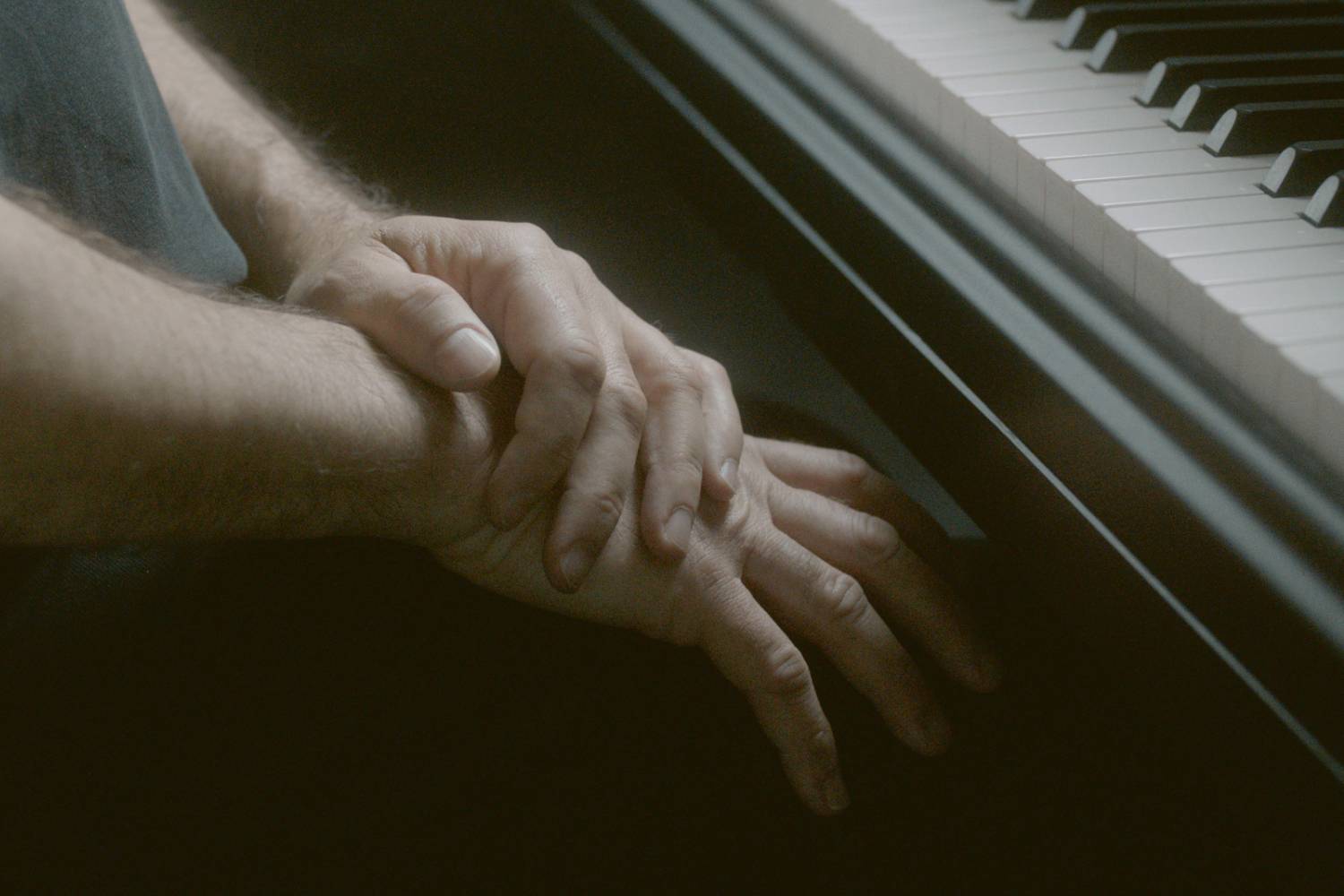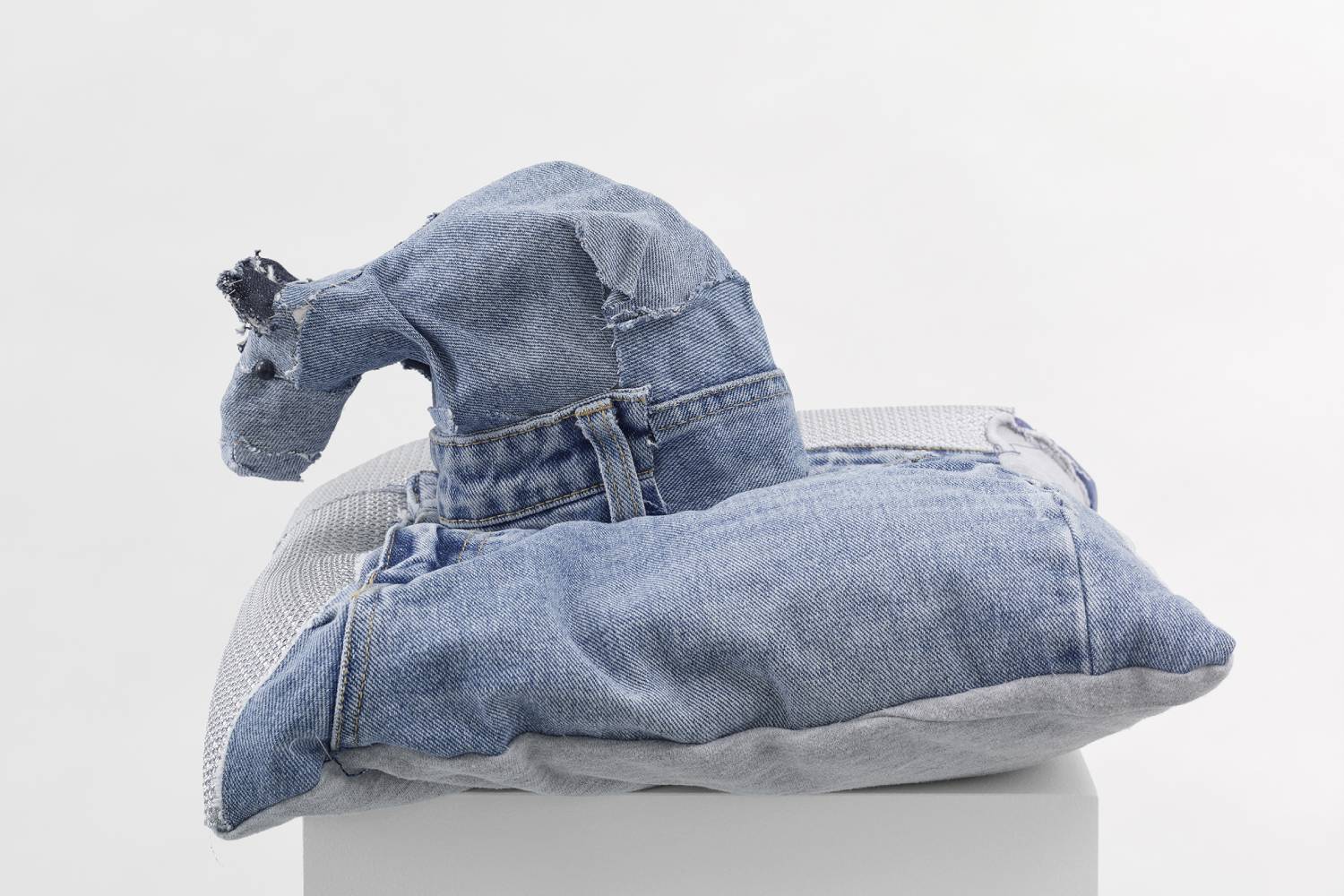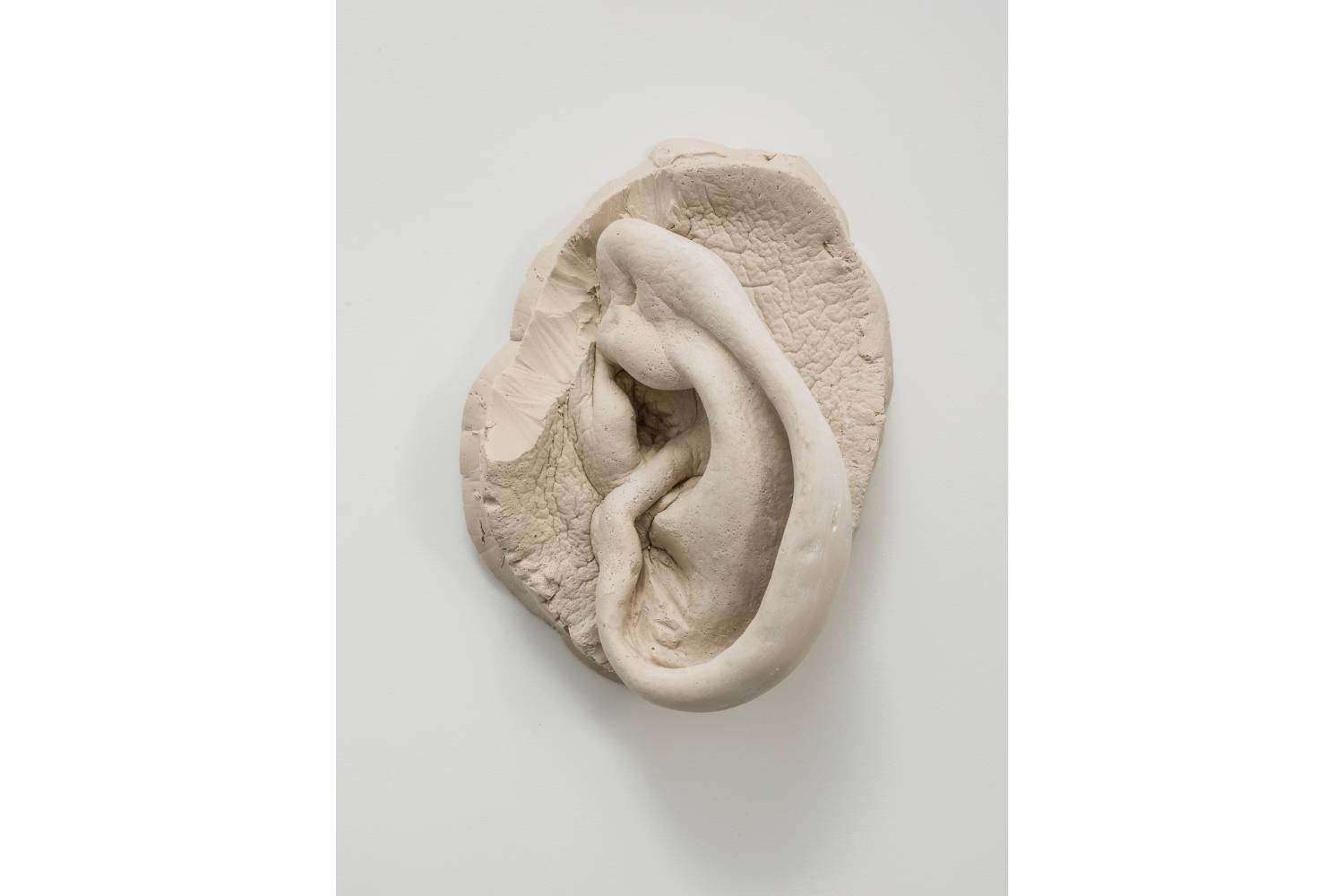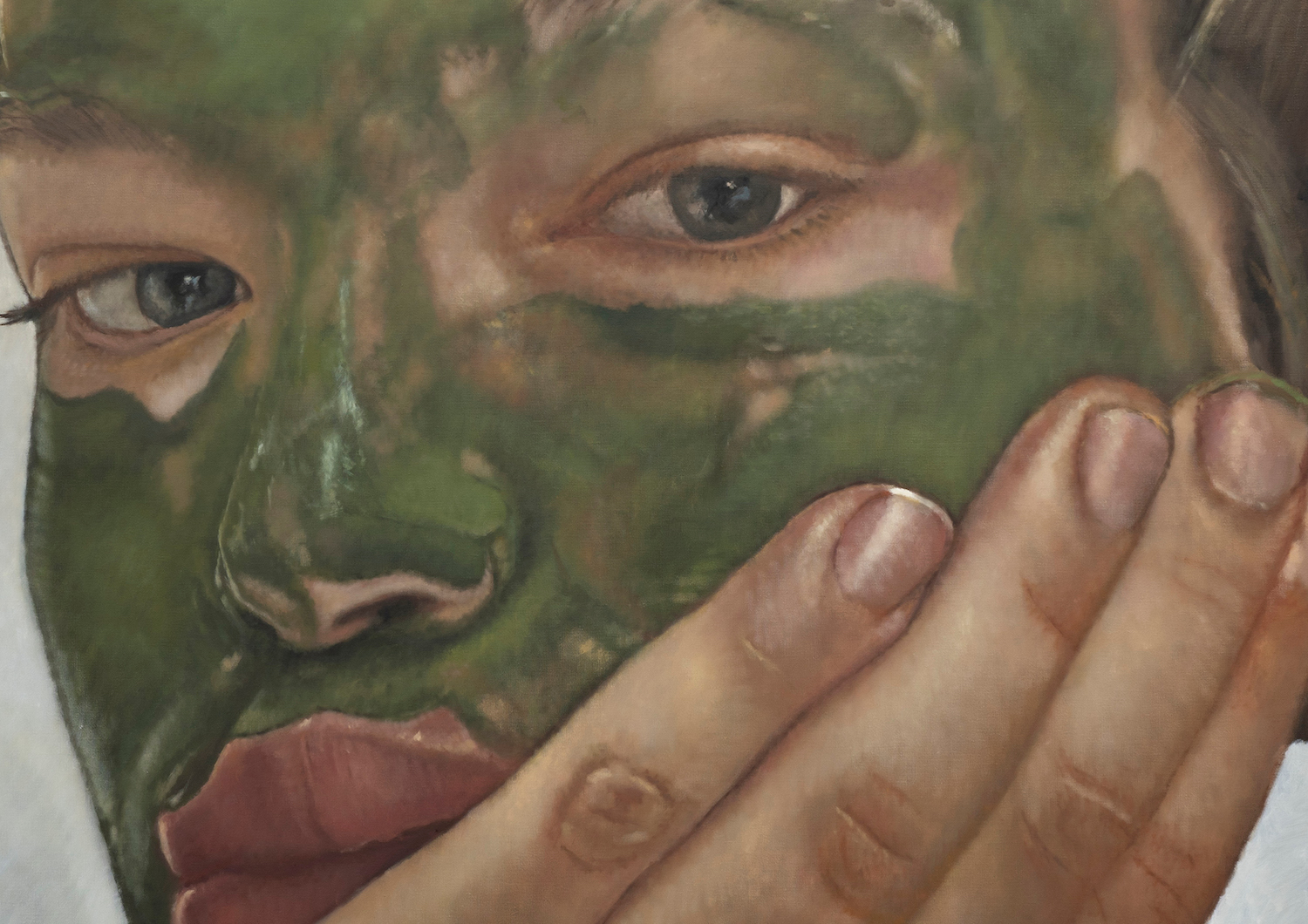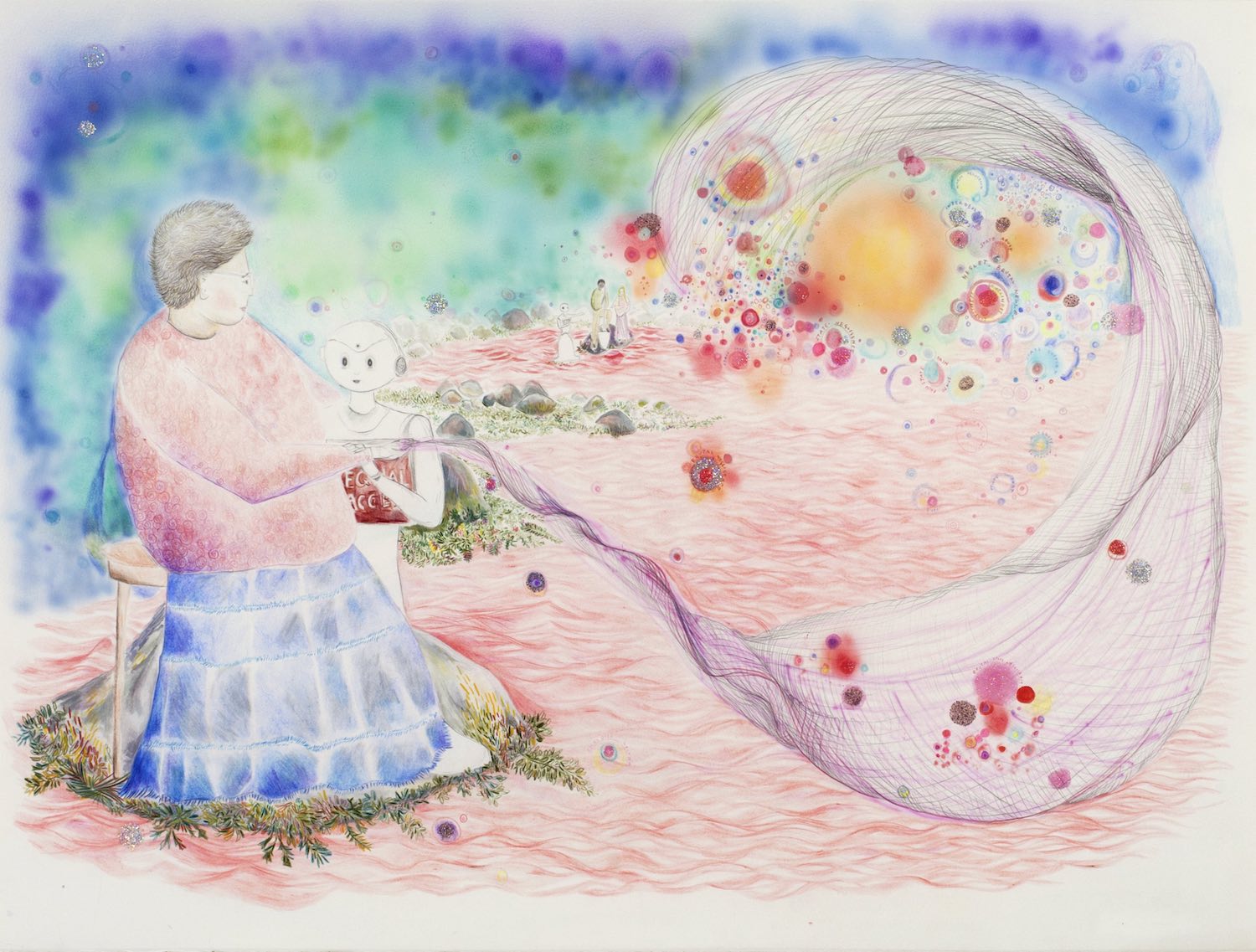As elegantly simple — and perhaps quintessentially Swiss — a premise to an exhibition as one is likely to encounter: an art foundation built as a compliment to a state-of-the-art storage facility celebrating its anniversary with a show dedicated to ideas of boxes and boxing. The literalness of the premise (the show opens with a pristine Richard Artschwager crate juxtaposed against a Jan J. Schoonhoven papier-mâché relief — boxes within boxes) is offset by the sheer richness and variety of the material it showcases. In fact, as the exhibition unfolds across the spacious ground-floor galleries, this literalness starts feeling less like an unimaginative thematic constraint and more like a keen strategic lens that allows for a wideranging array of contemporary practices to resonate freely within their own demarcated niches. This is particularly the case with the impressive amassing of time-based pieces, such as Klara Lidén’s Closer Now (2022), in which the artist emerges from a box atop a narrow, steep street and proceeds to tumble-roll down to the bottom. The decidedly un-balletic, slightly comedic movement is made mesmerizing by the steely light of dawn. Here Lidén inadvertently provides a great visual analogue for the show as a whole, which takes shape slowly, deliberately, and almost tenderly, inviting a type of meditative viewing made possible by the generosity of space allotted to each work. The takeaway is one of deep respect for the artists and artworks being presented, a sentiment at times verging on reverence. (Then again, for those familiar with the foundation and its permanent installations on the floor below — particularly Robert Gober’s notable grotto installation — “reverence” is at the core of its project.)
Among the many highlights is Anri Sala’s Ravel Ravel Unravel (2013), a two-channel video originally presented at the 2013 Venice Biennale on two staggered screens and adapted here as two superimposed scrims that create a delightfully symphonic multiple exposure that is as expansive and immersive as its original iteration. There is also David Claerbout’s Wildfire (mediation on fire) (2019–20), an impressive 3D animation whose flames, voluptuously rendered in a monumental scale, conjure both the theatricality of Dante’s Inferno as well as the dire tragedy of our present moment. Also worth noting is the treasure trove of Dieter Roth works, from the humorous Grosser Gartenzwerg (1971), a garden gnome entombed in chocolate (its presence betrayed only by the visible tip of his red hat), to the expansive Solos Scenes (1997–98), which features a wall of more than a hundred monitors playing continuous footage from the last year of the artist’s life. A fitting memorial to his activity both as disruptor and creator.
There is a stark, if quite formal, post-conceptual lean to the sum of the exhibition’s parts, which curator Isabel Friedli seems to intentionally mitigate by breaking up the regular visual rhythm with more unruly or unexpected interventions. Particularly effective is a grouping of Gina Fischli’s soft sculptures shown on classic white pedestals, creating a playful contrast between their unassuming homespun construction and the slick, bespoke architectural setting that houses them. For me, it was also one of the first times I fully grasped the history from which Fischli’s formal language unfolds and pushes against. Speaking of histories, detractors might note that this show traces a very specific and narrow history, something that I grew more keenly aware of the longer I sat with the exhibition. “Focus” might be a more euphemistic term for it, in contrast to a type of chronic over-generalness — a refusal to frame that invariably dilutes any point of view — that exhibitions of this kind often suffer from. There is something quite refreshing about tracing a thread so diligently and clearly — and preserving practices that are less and less championed in commercial settings. Taking a stroll through the art fair taking place just a tram ride away, one can’t help but feel grateful for the dedicated stewardship of artworks that don’t fit neatly within a booth.

